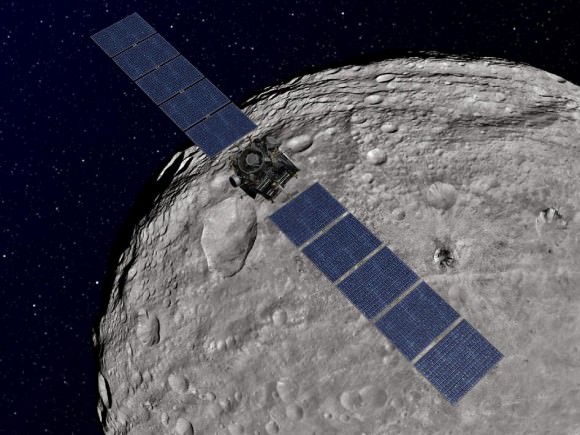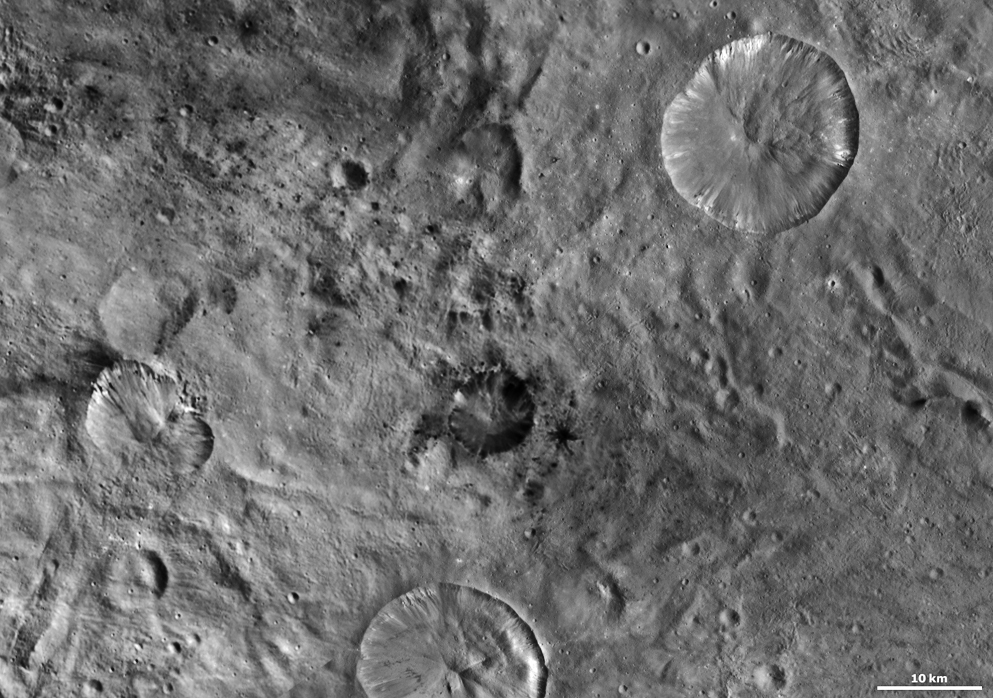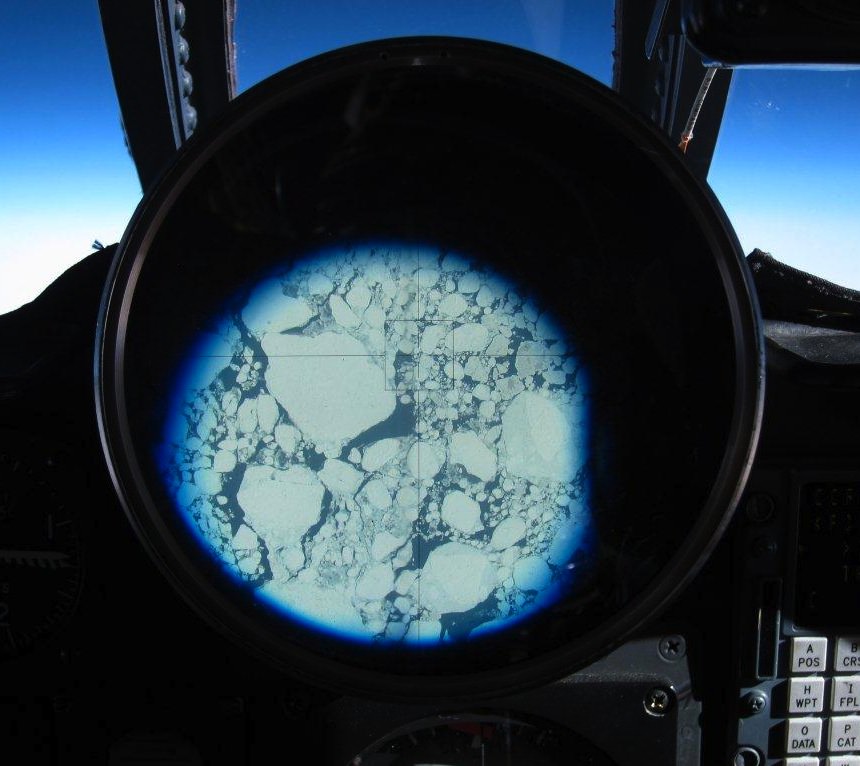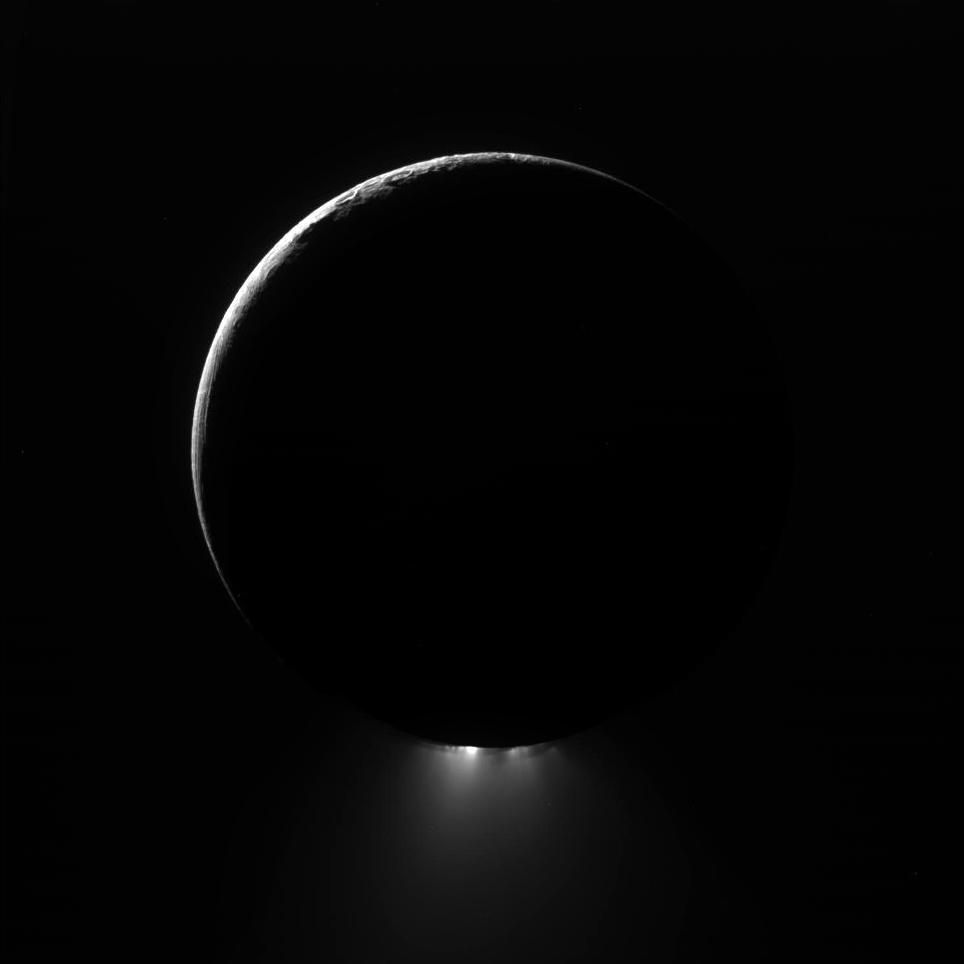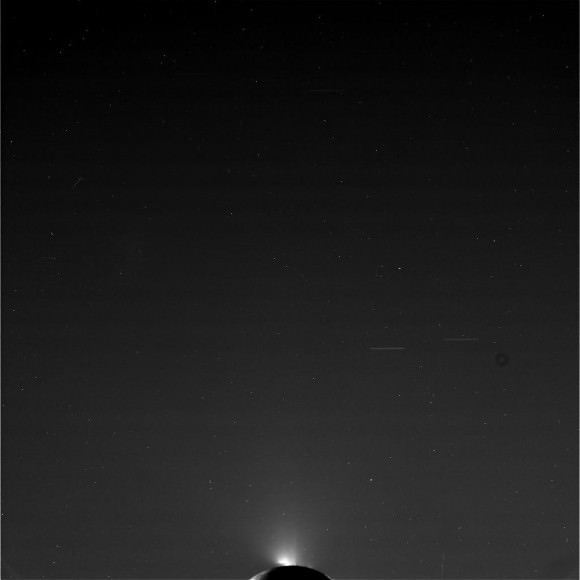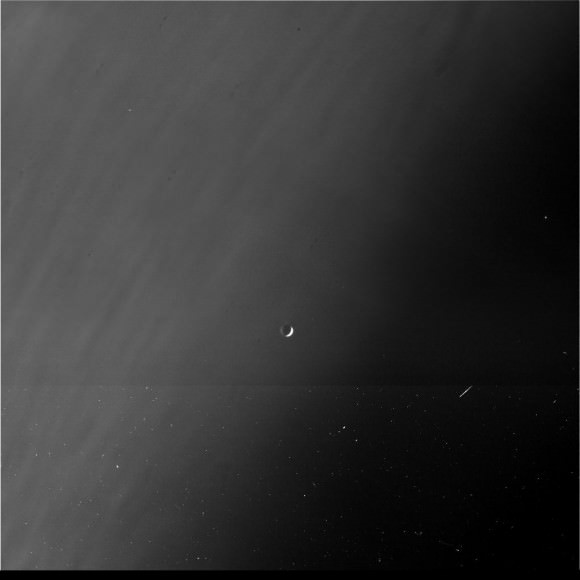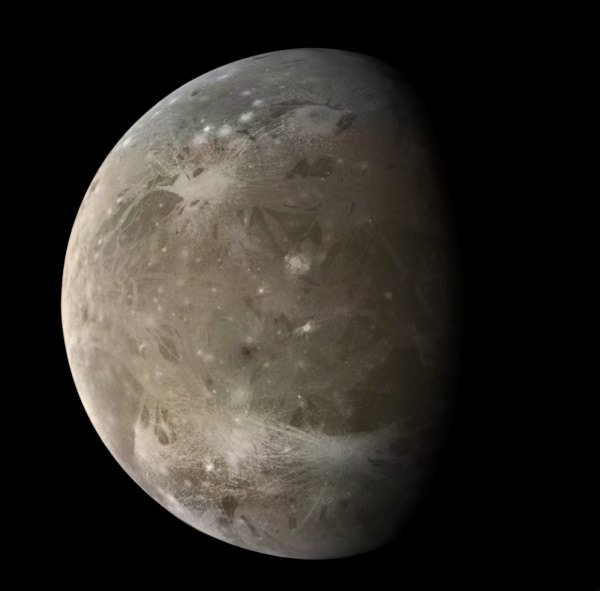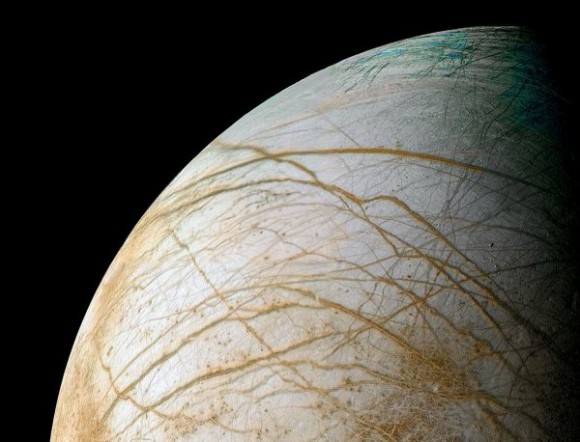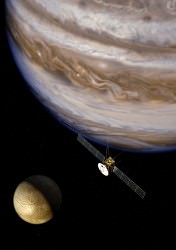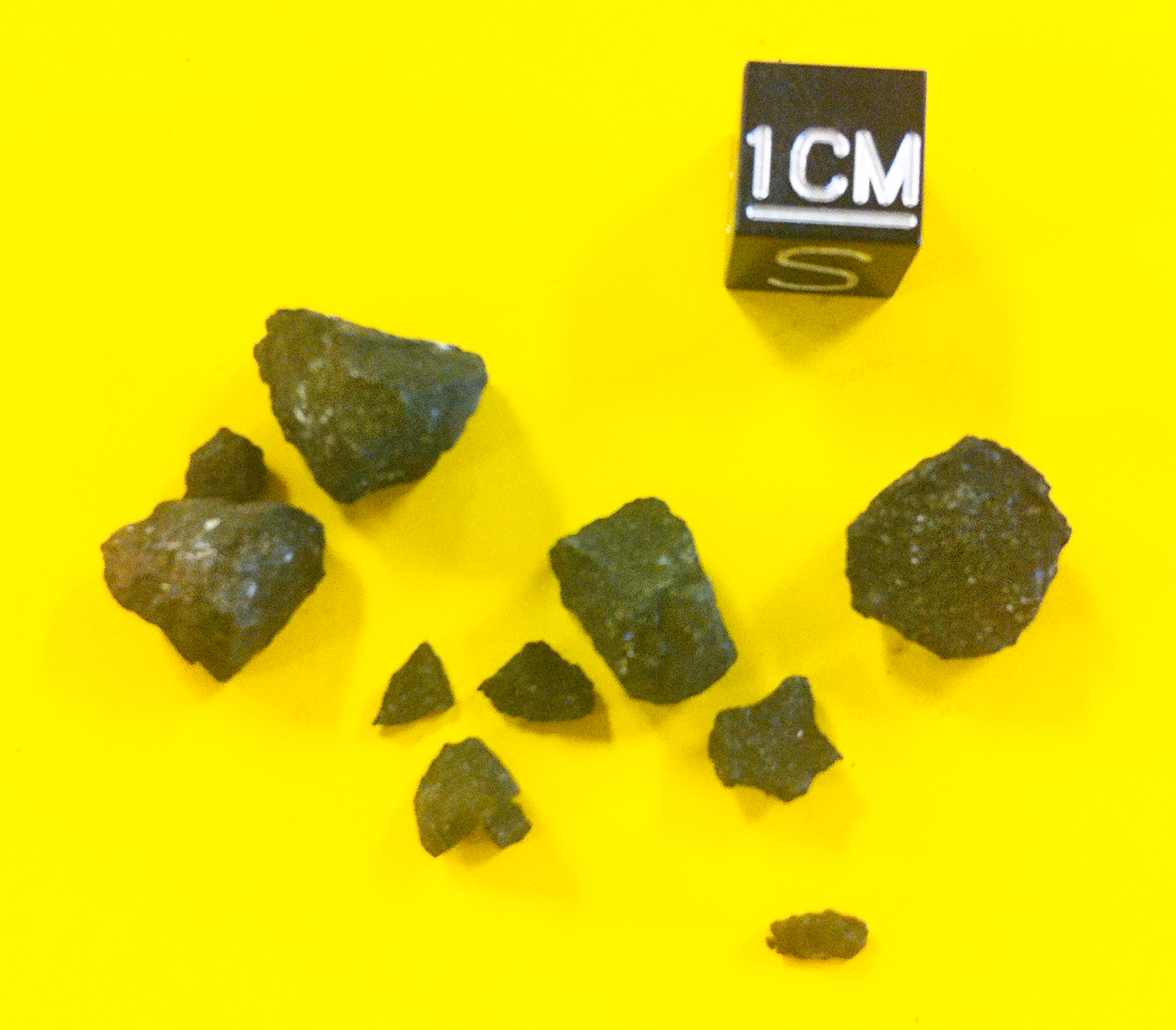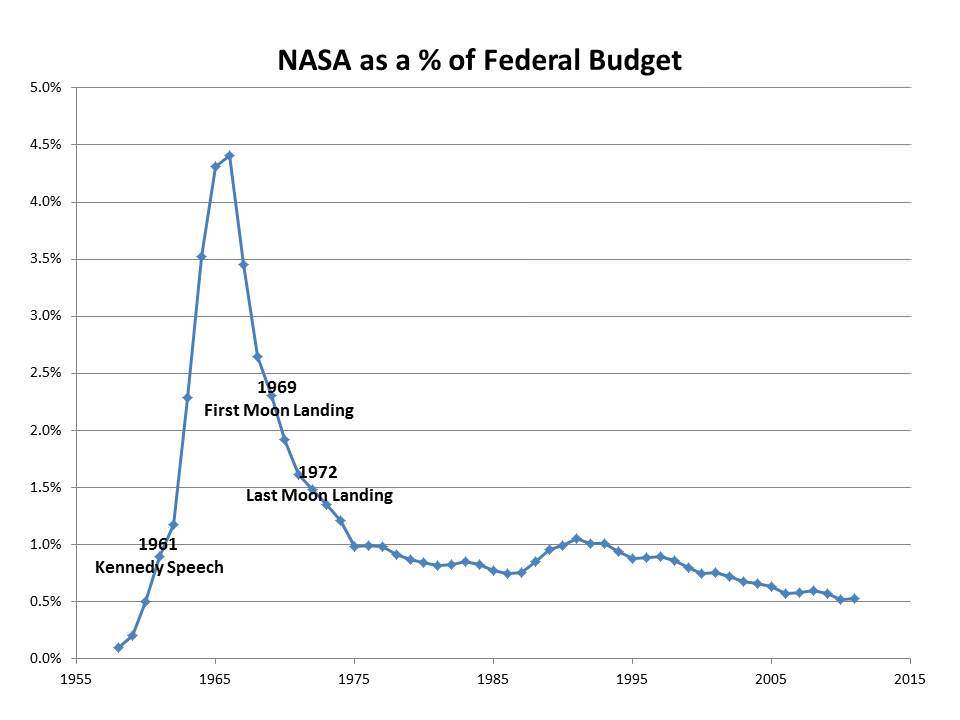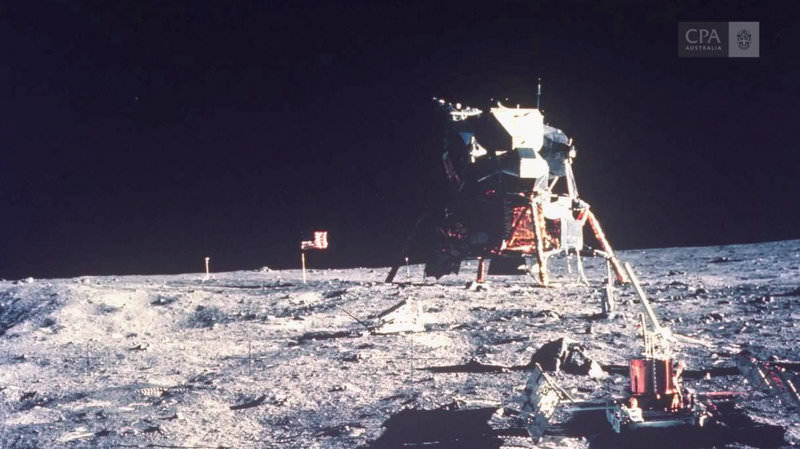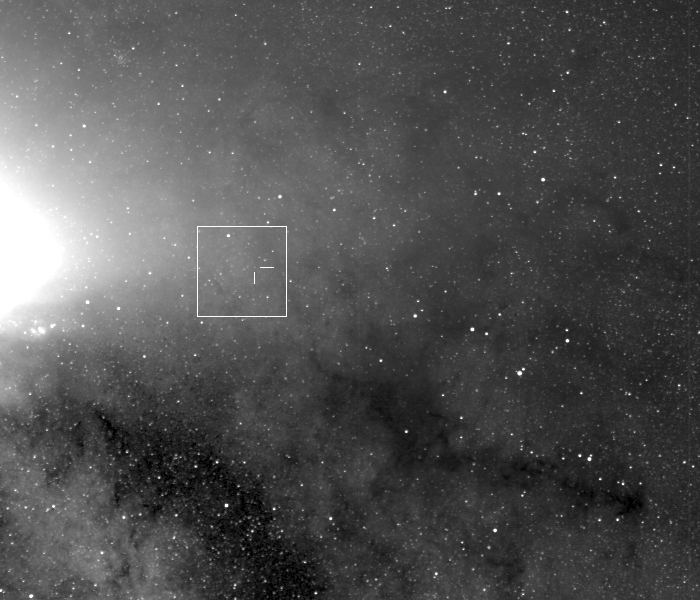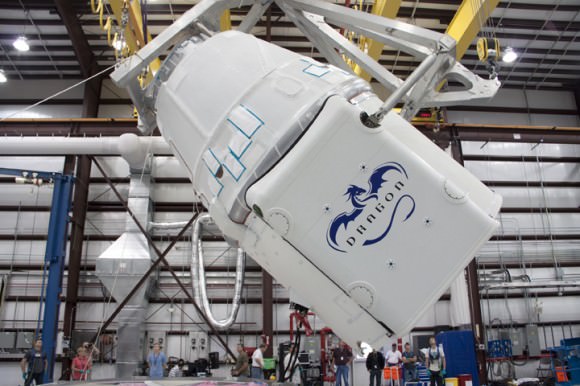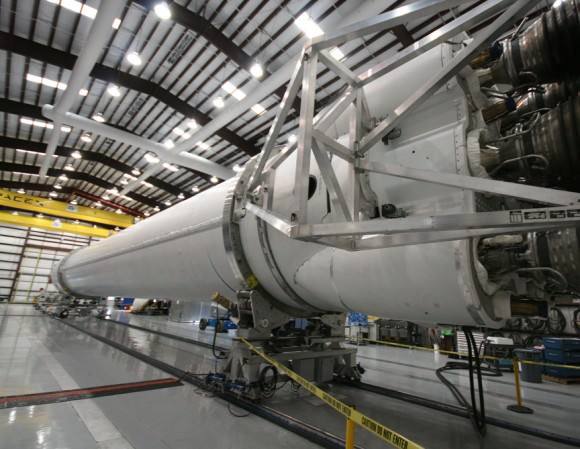[/caption]
Bright craters, dark craters… craters shaped like butterflies… they’re all represented here in a panorama made from images acquired by NASA’s Dawn spacecraft, currently in orbit around the asteroid Vesta.
I stitched two images together (using a third for gap fill-in) that were originally acquired by Dawn’s framing camera in October 2011 and released last week. Because the angle of sunlight is pretty close to straight-on, there’s not a whole lot of relief in the original images so I bumped that contrast up a bit as well, to help bring out Vesta’s terrain.
The dark crater in the center is Laelia, and it’s surrounded by smaller dark impact craters as well… most notably one that displays dramatic rays of dark material. At top right is the much larger crater Sextilia, which has bright material revealed along its inner rim.
Near the lower left edge, just horizontal from Laelia, is the butterfly-shaped Helena crater. It shows both bright and dark material, the latter of which can be seen slumping into the crater as well as outward from its rim. Helena is approximately 22 kilometers (14 miles) in diameter. (There’s a scale at the lower right showing a 10-km / 6.2-mile-wide span.)
The images were acquired during the HAMO (high-altitude mapping orbit) phase of the mission.
On Thursday, May 10, NASA will host a news conference at 11 a.m. PDT (2 p.m. EDT) to present a new analysis of the giant asteroid Vesta using data from the agency’s Dawn spacecraft. The event will be broadcast live on NASA Television and streamed on the agency’s website. For streaming video, downlink and scheduling information visit: http://www.nasa.gov/ntv.
The event will also be streamed live on Ustream with a moderated chat available at http://www.ustream.com/nasajpl2. Questions may also be asked via Twitter using the hashtag #asknasa.The event will be held at NASA Headquarters in Washington, broadcast live on NASA Television and streamed on the agency’s website. For NASA TV streaming video, downlink and scheduling information, visit: http://www.nasa.gov/ntv.
Image credit: NASA/ JPL-Caltech/ UCLA/ MPS/ DLR/ IDA. Edited by J. Major.
